About the Division
Research in the Toxicology Division is focused on the nature of human health effects associated with environmental and occupational chemical exposures and the mechanisms by which they occur. Current research emphasizes neurotoxicology, ocular and dermal toxicity, carcinogenesis, oxidative stress, inflammatory mechanisms, development and xenobiotic metabolism.
Studies in this Division seek to understand the contribution of exposures to a variety of human diseases such as cancer, birth defects and other adverse reproductive outcomes, neurodegenerative and neurodevelopmental diseases, pulmonary dysfunction and endocrine disorders. Division faculty utilize a wide range of analytical and experimental approaches and are assisted in these efforts by the availability of a variety of EOHSI Core Facilities. The Toxicology Division is also home to an Environmental Health Sciences Center of Excellence funded by the National Institute of Environmental Health Sciences, and the Rutgers University CounterACT Research Center of Excellence which is funded by the National Institute of Arthritis and Musculoskeletal and Skin Diseases.
New initiatives in the Toxicology Division include Epigenetics, Metabolomics, Developmental Toxicity, and Chronotoxicity.

Director: Jeffrey Laskin, Ph.D.
Research Highlights
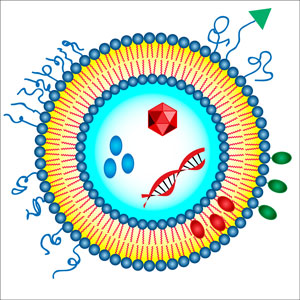
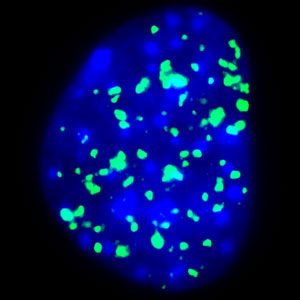
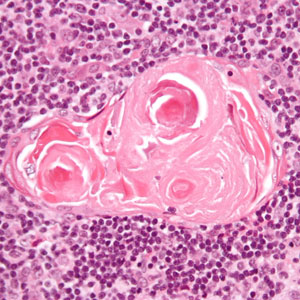
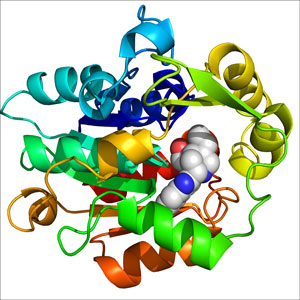
Neurotoxicology
- Evaluation of oxidative stress mechanisms of the combined paraquat + maneb exposure model of the Parkinson’s disease phenotype.
- A pesticide based developmental model of Parkinson’s disease, postnatal paraquat + maneb, produces significant elevation in lipid peroxidation levels even 6 months post exposure, suggesting ongoing elevation in oxidative stress state.
- Development of a double-mutant alpha-synuclein transgenic model of the Parkinson’s Disease phenotype that enhances vulnerability to the pesticides paraquat and maneb in a gene-environment interaction model.
- Laser capture microdissection of nigral dopaminergic neurons from postnatal saline and paraquat + maneb exposed mice for microarray analysis to determine gene-related changes associated with these early exposures.
- Exploration of gender associated differences and their role in neuroprotection following exposure to paraquat and maneb, given the apparent protection of females.
- Determination of mechanism of enhanced vulnerability to paraquat following prenatal exposure to maneb.
- Evaluation of oxidative stress mechanisms of the combined paraquat + maneb exposure model of the Parkinson’s disease phenotype.
- A pesticide based developmental model of Parkinson’s disease, postnatal paraquat + maneb, produces significant elevation in lipid peroxidation levels even 6 months post exposure, suggesting ongoing elevation in oxidative stress state.
- Development of a double-mutant alpha-synuclein transgenic model of the Parkinson’s Disease phenotype that enhances vulnerability to the pesticides paraquat and maneb in a gene-environment interaction model.
- Laser capture microdissection of nigral dopaminergic neurons from postnatal saline and paraquat + maneb exposed mice for microarray analysis to determine gene-related changes associated with these early exposures.
- Exploration of gender associated differences and their role in neuroprotection following exposure to paraquat and maneb, given the apparent protection of females.
- Determination of mechanism of enhanced vulnerability to paraquat following prenatal exposure to maneb.
- The neurotransmitter dopamine contributes to the degeneration of the nigral dopaminergic neurons following exposure to mitochondrial poisons.
- The toxicity of manganese to dopaminergic neurons differs from that produced by mitochondrial poisons.
- Adenosine A2a antagonists protect against toxicity produced by intrastriatal mitochondrial impairment via receptors located outside of the striatum.
- Established a chronic in vitro model of mitochondrial dysfunction to study cellular mechanisms underlying degeneration of dopamine neurons as may occur in neurodegenerative diseases such as Parkinson’s disease.
- Showed that dopamine could inhibit respiration by both monoamine oxidase-dependent and independent mechanisms.
- Demonstrated that oxidative stress increased glutaredoxin catalyzed glutathione-protein-mixed disulfide formation in mesencephalic neurons and that this correlated with neuroprotection.
- First to demonstrate functional glutaredoxin activity in brain mitochondria.
- Demonstrated that intracellular glutathione could be elevated in neurons with glutathione-ethyl ester treatment and that this protected cells against oxidative stress or mitochondrial dysfunction.
- Studies on the neurotoxicity of atrazine and its ability to kill dopaminergic neurons.
- Role of environmental metal exposures in autism.
- Neuroprotective mechanisms of estradiol against oxidative stress includes the induction of antioxidant enzymes.
- Studies on the role of free radicals in mediating paraquat-induced toxicity in lung and brain tissue.
- Studies using in vivo gene delivery with regulatable lentivirus for assessment of dopamine-mediated behaviors with a long-term plan of altering sensitivity to toxicants.
- Ongoing studies using nanofiber matrix to enhance dopamine neurite outgrowth in culture with a long-term plan of enhancing stem cell growth and survival in vivo.
- Molecular mechanisms of cell differentiation; function of growth factors and their receptors in the nervous system during embryonic development and carcinogenesis; involvement of growth factors in Parkinson’s Disease.
Carcinogenicity
- Progression of hormone-dependent mammary tumors in the ACI rat model is altered by exposure to environmental factors that influence the expression of key antioxidant enzymes.
- Transgenic mouse model system to study melanoma development.
- Aberrant expression of a G-protein-coupled-seven-transmembrane-domain protein, metabotropic glutamate receptor (Grm1) in melanocytes is sufficient to induce melanocytic neoplasia in vivo.
- Assessment of the mechanism by which up-regulation of the transmembranous extracellular matrix molecules EMMPRIN and collagen XXIII increase metastatic potential and evaluation of the use of these molecules in assessing the carcinogenic potential of environmental agents.
- Defining the carcinogenic constituents of tobacco smoke and elucidating the mechanisms of their carcinogenicity.
- Mechanisms of free radical-induced signal transduction in ultraviolet light carcinogenesis.
- Mechanism of action of dietary nutrients that are inhibitors of the carcinogenic process.
- Characterization of the mechanism of action of photosensitizers using keratinocytes and melanocytes in culture.
- Spermine increases the binding of the activating transcription factor ATF-2 known to be involved in the transcription of cell cycle regulatory genes and in the proliferation of breast cancer cells, to DNA and enhanced the transcriptional activation of cyclin D1, a critical cell cycle regulatory protein.
- Use of microarray techniques to examine the effects of a polyamine biosynthetic inhibitor (difluoromethylornithine, DFMO) on estradiol-induced expression of genes in MCF-7 cells.
- Evaluation of the effects of estradiol and the estrogen response element (ERE) on the CD spectral characteristics and unfolding of ERbeta to gain information about ligand and ERE-induced changes in the conformation and stability of the protein.
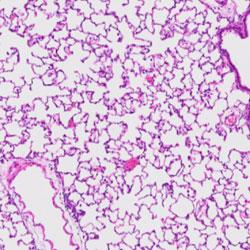
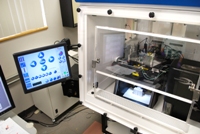
Xenobiotic Metabolism
- Intestinal disposition of xenobiotics, (2) Novel drug delivery systems, and (3) Effect of xenobiotics on placental fatty acid transport and metabolism.
- Development of models for evaluating chemical vesicant protective agents by exposing mouse skin to mustard gas and using markers of skin damage (matrix metalloproteinases and skin laminins) to assess the extent of damage.
- Assessment of the metabolic basis of the toxicity and carcinogenicity of organic solvents and aromatic amines.

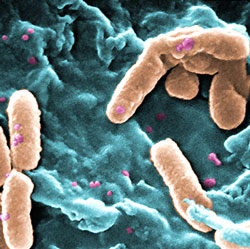
Matrix
- Mis-regulation of a set of unusual collagen genes during the development of (i) lung fibrosis caused by exposure to chemicals and inhaled particulates, and (ii) chemically-induced hepatic fibrosis.
- Use of a reversible pulmonary hypertension model to examine collagen XII/XIV/I interactions as a mechanism underlying excessive collagen deposition and fibril thickening.
- Identification of new corneal collagens and their roles in corneal assembly.
- Development of a corneal cell line for the evaluation of environmental agents, such as diesel fumes, for irritancy and toxicity to the cornea.
- Effect of nitrogen mustards on markers of disruption of the basement membrane in skin of mice as inhibitors or metalloproteinases as potential therapeutic agents for chemical warfare agents.
Inflammation
- The role of macrophages in inflammation and repair.
- Mast cells as mediators of wound healing.
- Determining the mechanism by which chemicals and bacterial toxins activate macrophages to release inflammatory mediators that contribute to toxicity

Copyright © 2021, Rutgers, The State University of New Jersey


